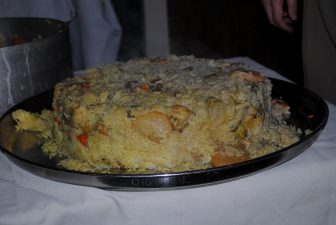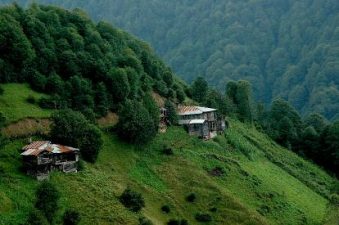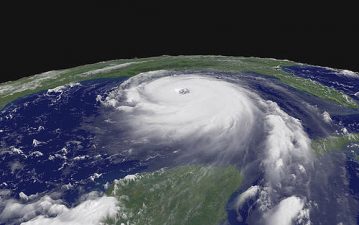Winter has rolled around again in the Middle East. The colder fronts have moved in, the winds are blowing, and the rains have started – again.
After 105 degree heat in summer, it’s hard for us to remember how cold it can really get. And after months of dry spells, that we can suddenly see floods.
It might be those old leaks in the roof which are nagging us again that winter is here and our houses are not properly protected and insulated.
Unlike North American homes which are built with modern standards to keep the cool inside during the summer, and the heat inside during the winter, Middle East homes are rarely built that way.
We just suck it up and pay extraordinary amounts of money every winter to keep ourselves cosy.
Many Middle East homes are old and have been modernized over the years with electricity and running water. But even in the most advanced countries like Turkey and Israel the homes are built with cinder blocks, with no insulation, and windows are barely one pane at all.
If you have decided for environmental reasons, or economic ones that it’s time to weatherproof your house and need to add a little more fuel to your decision, check out this infographic below.
While it’s designed for American standards where natural gas is available (consider that most of the heating in the Middle East is from electric heaters!), it does go to show how incredible the energy savings can be if you decide to insulate your home.
Just imagine that about 40% of all the energy you are spending to heat your home will just be leaking through air holes.
This infographic recommends foam, but there may be more passive design elements you can use to insulate your home from inclement weather. A mashrabiya is one way to protect your building from heat and wind, and which is an ancient Arabic building technique. There are newer methods of creating heat-generating compost at home. And of course, you can always throw on a sweater and just heat the space just around where you are, and not the entire house.
Via: SprayFoamKit.com
Top image of Middle East home from Shutterstock






Not long ago I was noticing my electric bills going up steadily. It wasn’t until they doubled that I started checking my home for energy leaks. I purchased a inexpensive infrared thermometer and checking all my windows and doors. The house was bought brand new so I had no idea that all the windows needed to be recaulked. My AC unit was working overtime in order to keep the house cooled to the temperature I had it set to. Once I had it recaulked, my electric bills returned to normal. Getting a thermometer saved me hundreds, and it’s even helped me find uninsulated areas of the walls. I even have written many articles on the best versions of these tools. I hope more people realize how important it is to check their homes because I am sure I am not the only one that had this problem.